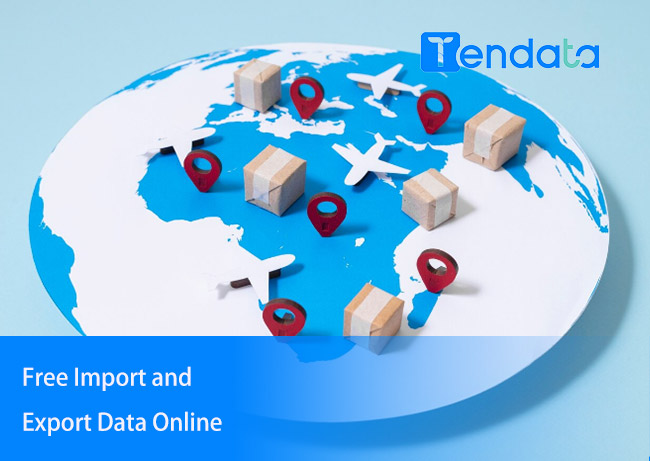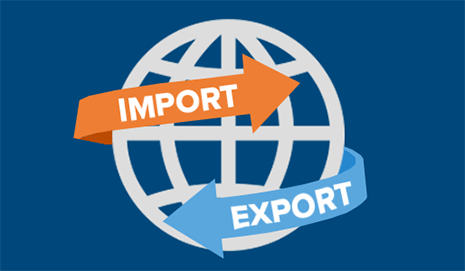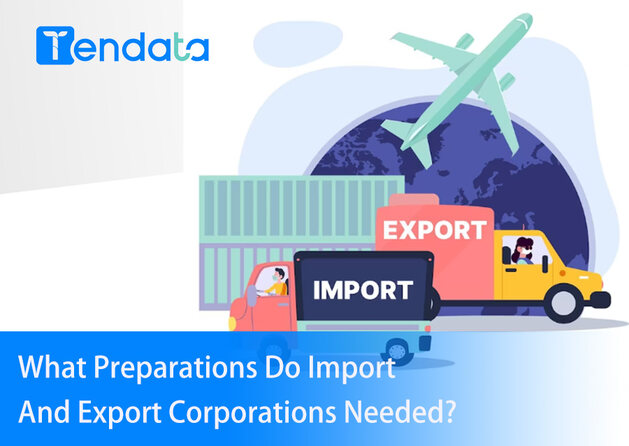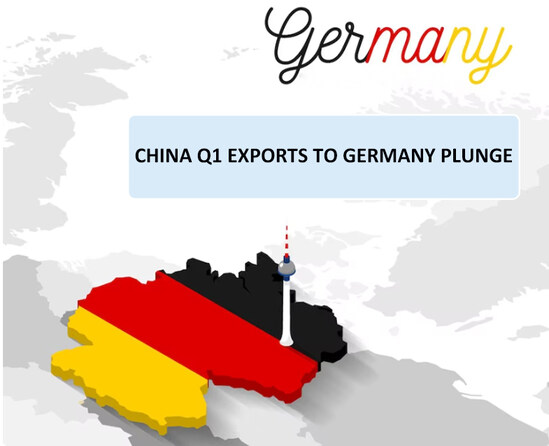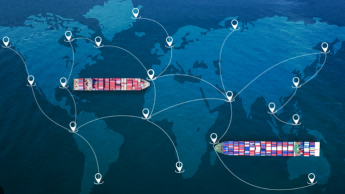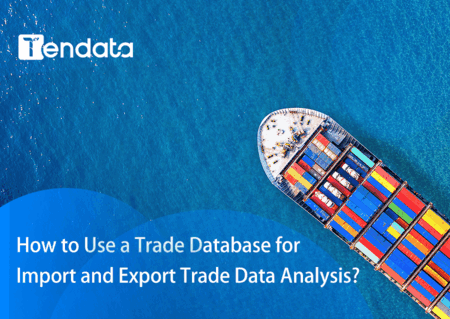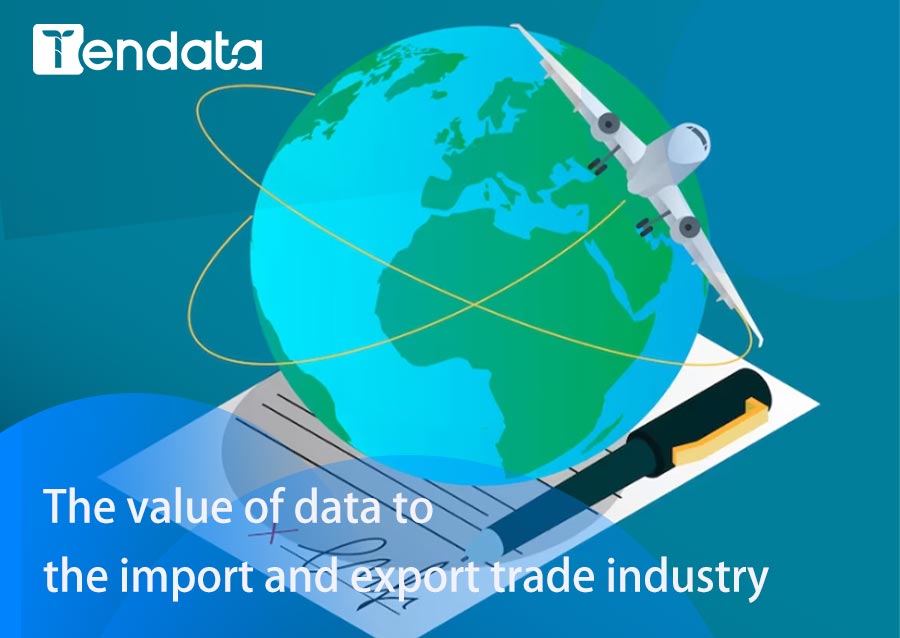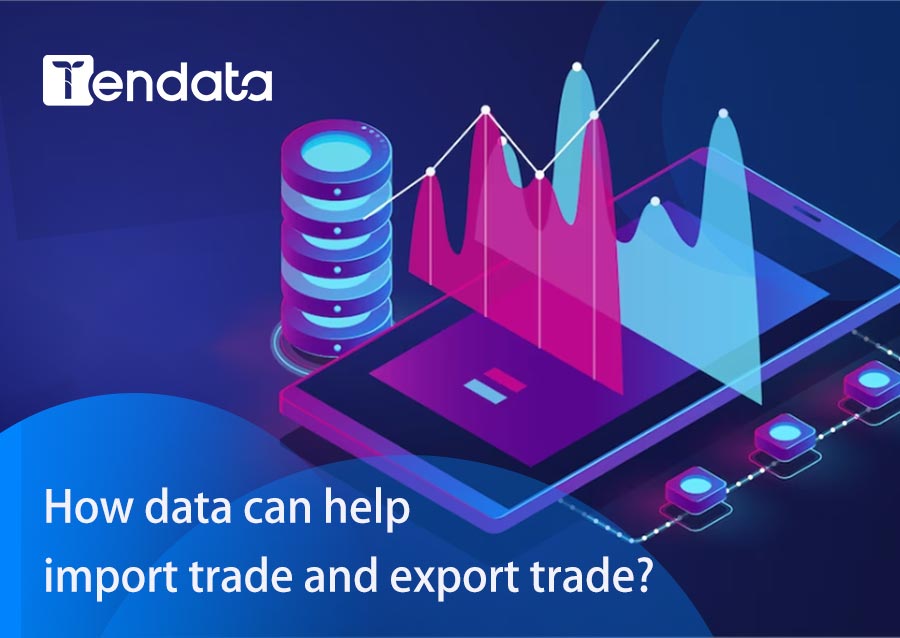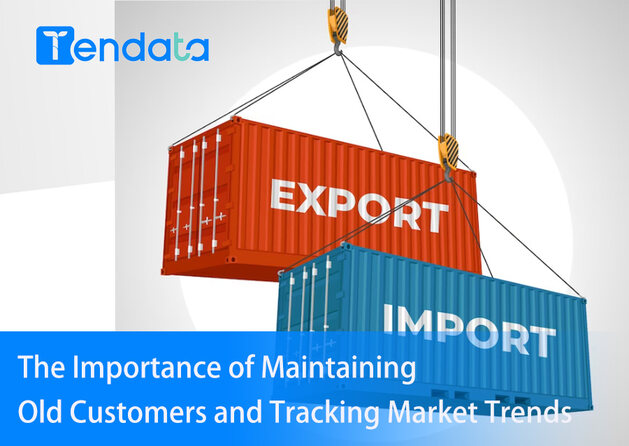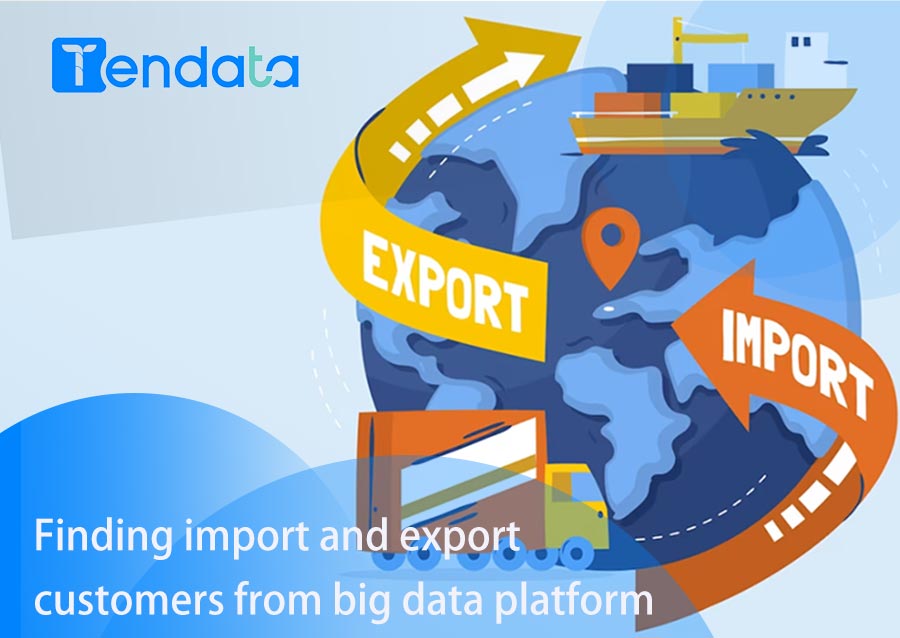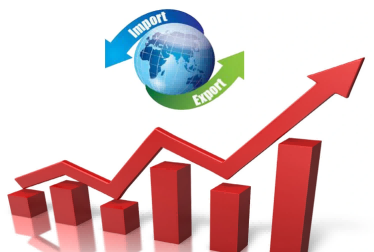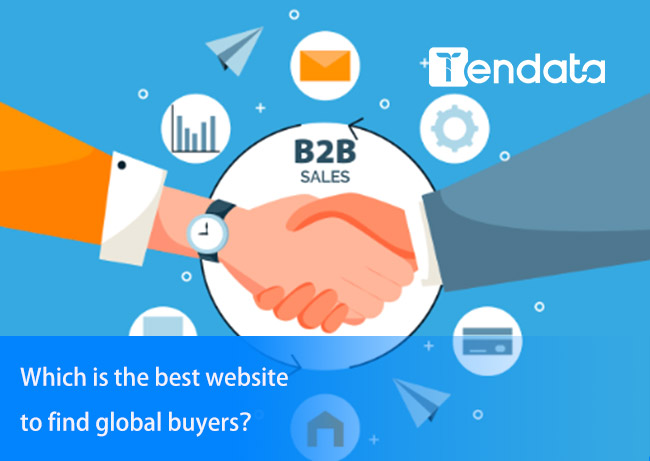 Trade Data Provider
Trade Data Provider
 31-12-2024
31-12-2024
Social Media is Changing the Game in Import-Export
In the past, the most common way to find customers for import and export businesses was through B2B platforms like Alibaba. These platforms were where buyers and suppliers connected, negotiated, and closed deals. However, with the rise of social media, many customers are no longer relying solely on these platforms. Instead, they are turning to social media to learn about suppliers. This shift in behavior has made me increasingly confident that succeeding in import-export today isn't just about "selling products"—it's about building a brand, telling a story, and connecting with your audience in a more meaningful way.

From "Selling Products" to "Telling Stories": The New Approach to Brand Building in Import-Export
Honestly, when I first started in the import-export business, the focus was primarily on displaying products, discussing prices, and closing sales. More often than not, it was a straightforward, transactional approach—essentially "selling products." But today, things have changed. Customers' needs now go beyond just the product itself; they want to know about your brand, company culture, and your expertise. Especially for large orders or long-term business relationships, customers are not only looking at your prices and product quality—they want to understand the story behind your business, your team, and your values.
This is exactly why social media has become so important. It's no longer just a platform for posting product photos. Social media helps businesses establish their brand identity, showcase their company culture, and connect emotionally with potential customers. When customers feel this connection, they are more likely to trust you—and ultimately choose to do business with you.
The Digital Marketing Shift: From "Just Playing Around" to "Real Business Results"
This year, I truly immersed myself in digital marketing, especially focusing on social media promotion. To be honest, I didn't have much faith in the power of social media before—I saw it as just something fun to play around with, not as a tool for generating actual business. But this year, through real-world experience, I found that platforms like LinkedIn and Instagram have brought in valuable leads.
I used Tendata's global trade data to find potential customers. From there, I directly contacted them using the contact details provided by the trade data. Then, I started engaging with these prospects on LinkedIn by sharing professional articles and successful case studies, gradually building my personal brand. This wasn't just "selling" anymore. It became about providing industry insights, sharing professional knowledge, and adding value to the conversation. This approach attracted potential customers who reached out to me, rather than the other way around.
One of the most interesting tactics I tried was using short videos to showcase product features, share client success stories, and even give a peek behind the scenes of our company culture. To my surprise, this content really caught the attention of potential clients. One US client even told me that after watching our videos, they decided to choose us because they could see our professionalism and commitment.
>>>Get A Free Demo from Tendata<<<
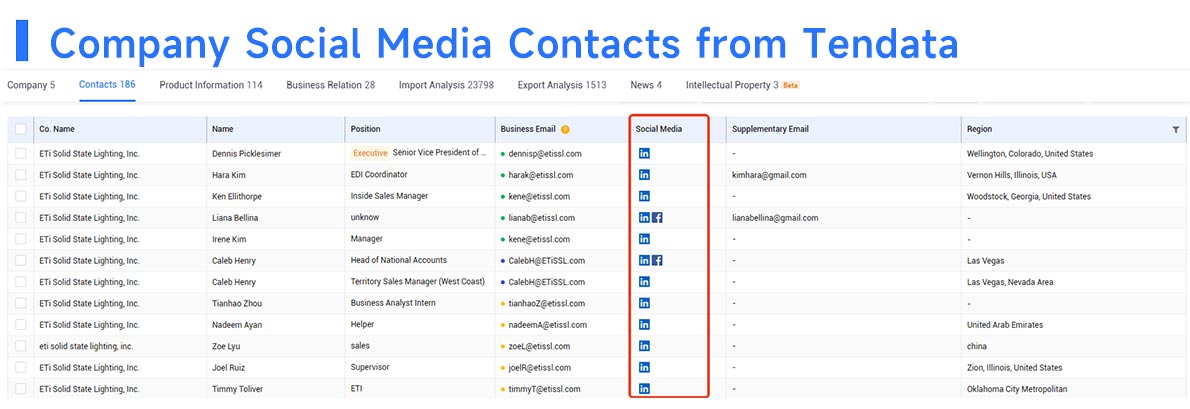
Precision Marketing: Using Global Trade Data to Find the Right Customers
While social media brings traffic, the real key to finding the right customers still lies in data. Through Tendata's global trade data, I can access actual trade records of customers, including their purchase volumes, suppliers, and purchasing frequencies. This allows me to precisely target buyers who genuinely need my products, which is far more effective than relying on a general, broad approach.
Additionally, Tendata's email marketing tool has been a game-changer. After obtaining decision-makers' email addresses from the global trade data, I optimized my marketing emails and used Tendata's software to improve open rates and response rates. Tendata's email software also tracks whether each email is opened, helping me monitor the effectiveness of my outreach and follow up with the right leads. By continuously refining my email content based on real-time feedback, I've seen a significant increase in responses and business opportunities.
>>>Get A Free Demo from Tendata<<<
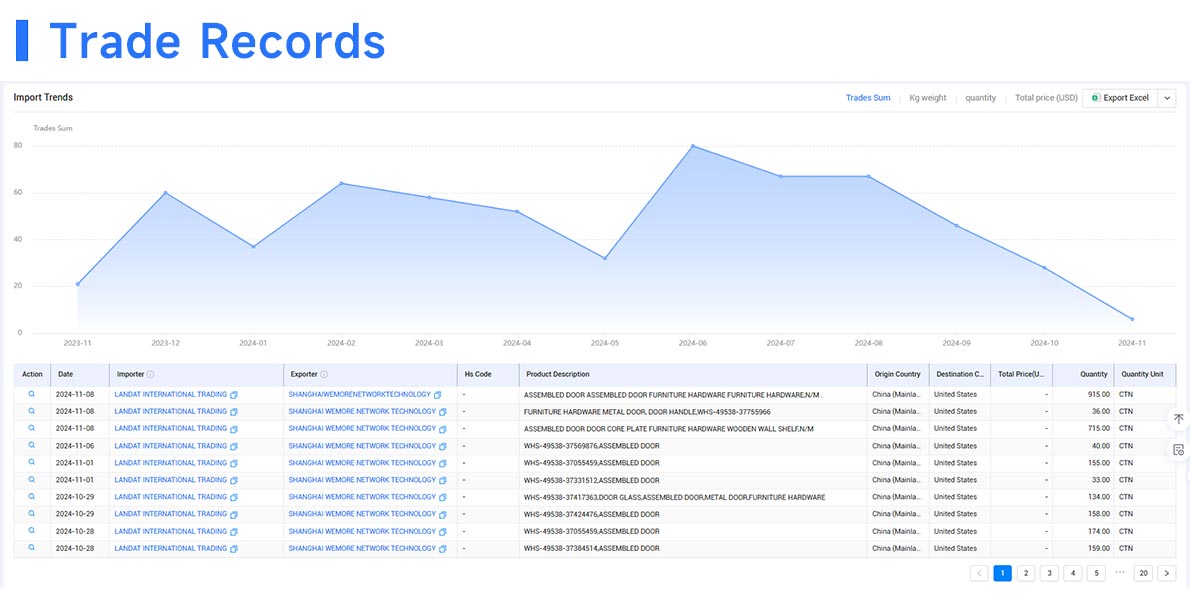
The Power of Combining Social Media with Email Marketing
Combining social media and email marketing has given me a double boost. Social media helps build the brand and increases visibility, while email marketing serves as a conversion tool, allowing me to directly engage with customers and drive business. By consistently optimizing my emails and sharing relevant content, I've secured three major clients, with stable monthly orders.
What's even more exciting is that social media has also attracted a broader audience of industry followers. For instance, my LinkedIn network has now grown to over 5,000 followers, many of whom are in my industry. Through their shares and recommendations, I've gained even more exposure and additional leads.

Conclusion
Social media is revolutionizing the import-export industry. It's no longer just about "selling products"—it's about telling your brand story, building relationships, and using data to find the right customers. The combination of social media and email marketing has brought unprecedented business opportunities and customer connections to my doorstep. With the precise customer data provided by Tendata's global trade data, I can easily identify potential leads, fine-tune my marketing strategies, and increase conversion rates.
The key takeaway here is that to succeed in today's import-export world, you must adapt to the changing landscape. It's not just about understanding your product and pricing—it's about knowing how to build your brand on social media and telling your story in a compelling way. Embrace this shift, and you'll stand out in an increasingly competitive market, attracting more customers and closing more deals.
Category
Leave Message for Demo Request or Questions


 T-info
T-info T-discovery
T-discovery

 My
Tendata
My
Tendata Market Analysis
Market Analysis Customer
Development
Customer
Development Competitor
Monitoring
Competitor
Monitoring Customer Relationship
Customer Relationship



